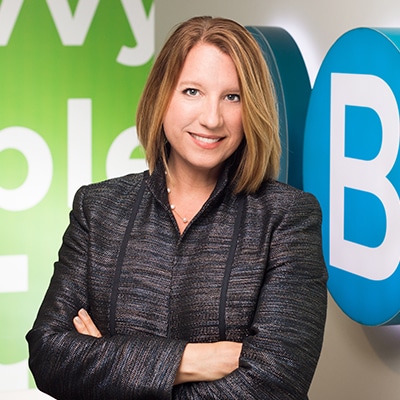Late last week the Small Business Administration (SBA) issued forms for the second Paycheck Protection Program (PPP) loan that is set to open to smaller lending institutions on Monday, January 11, 2021; Form 2483 – Paycheck Protection Program Borrower Application for first-time PPP borrowers and Form 2483-SD – PPP Second Draw Borrower Application for borrowers applying for a second PPP loan.
The forms were issued shortly after the SBA announced on January 8, 2021, that the PPP program would be reopening Monday on a limited basis. The program is initially open for community financial institutions that serve minority- and women-owned businesses. First-time PPP borrowers can start applying Monday (January 11, 2021), and second-time PPP borrowers can start applying Wednesday (January 13, 2021).
Form 2483 for first-time PPP borrowers is similar to the initial loan application form used for PPP first-round loans and consists of two pages requesting various information. Some key differences incorporated are:
- Year of Establishment – A borrower has to indicate its “Year of Establishment.” A borrower is considered to have been in operation on February 15, 2020, if either the business had employees for whom it paid salaries and payroll taxes, paid independent contractors as reported on a Form 1099-MISC, or was an eligible self-employed individual, independent contractor, or sole proprietor with no employees.
- Average Monthly Payroll– PPP borrowers may receive a loan amount of up to 2.5 times their average monthly payroll costs in 2019, 2020, or the 12 months prior to the date of the loan application.
- Applicant Meets Size Standard – First-time PPP loans are available to businesses with 500 or fewer employees. If applying for a second PPP draw, loans are limited to businesses with 300 or fewer employees. Consistent with the first round, Accommodation and Food Services businesses are able to apply this size standard on a “per location” basis.
- Purpose of the Loan – In addition to the expenses previously allowed for under the PPP program (payroll, benefits, rent, utilities, mortgage interest, and transportation costs), the application asks if the borrower plans to use any of the PPP proceeds for expanded covered expenses such as operations expenditures, property damage, supplier costs, or worker protection expenditures. If an applicant is unsure, we would suggest checking all boxes that may be applicable.
Form 2483-SD for second-time borrowers incorporates the changes noted above, but also adds a section in order to validate the 25% reduction in gross receipts and allows for a 3.5x multiplier for NAICS 72 applicants:
- Reduction in Gross Receipts requirements
- Twenty-five percent reduction of gross receipts in any one-calendar quarter in 2020 as compared to that same calendar quarter in 2019.
- Borrowers may also demonstrate the 25% reduction by comparing their gross receipts from the 2019 tax return to the 2020 tax return.
- Gross Receipts includes all revenue in whatever form received or accrued (in accordance with the entity’s accounting method) from whatever source, including from the sales of products or services, interest, dividends, rents, royalties, fees, or commissions, reduced by returns and allowances.
- If the business was not in business in 2019 but was in business by February 15, 2020, then the business can compare Quarter 2, 3, or 4 of 2020 to Quarter 1 of 2020 to determine if the business qualifies.
- NAICS Code – A borrower may multiply its average monthly payroll costs by 3.5 only if the borrower is in the Accommodation and Food Services sector and has reported a NAICS code beginning with 72 as its business activity code on its most recent IRS income tax return.
If you have any questions, wish to have GBQ assist you with the PPP process, or would like to discuss this information in more detail, please reach out to any member of the GBQ PPP team, including Rebekah Smith, Dustin Minton, or Jeremy Bronson.
Article written by:
Rebekah Smith, CPA, CFF, CVA, MAFF
Director of Forensic & Dispute Advisory Services
Dustin Minton, CPA, MBA
Director, Assurance & Business Advisory Services
Jeremy Bronson
Director, Accounting & Business Advisory Services

